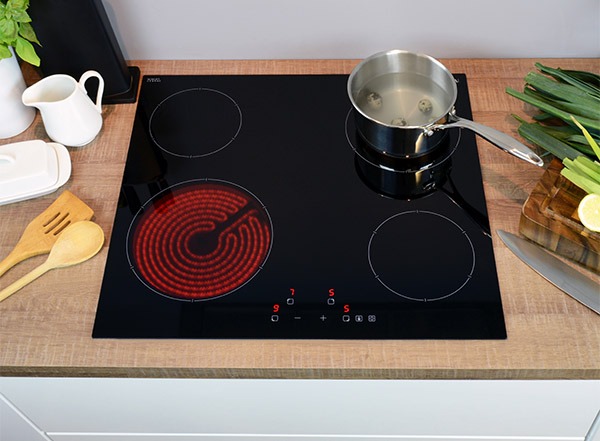
Electric hobs, also known as electric cooktops or stovetops, are popular kitchen appliances found in many households. While generally reliable, they can experience various common problems that can disrupt their functionality. Here are some of the most typical issues with electric hobs:
1. Malfunctioning Heating Elements: One of the most common problems with electric hobs is malfunctioning heating elements. These elements can wear out over time due to regular use or become damaged. Symptoms of this issue include uneven heating or elements that fail to heat up at all. Replacing faulty heating elements is often necessary to restore proper functionality.
2. Uneven Heating: Electric hobs rely on heating elements beneath the surface to generate heat. If these elements are not distributing heat evenly, it can result in uneven cooking. This problem may occur due to issues with the elements themselves, such as damage or wear, or problems with the hob's internal wiring or controls. Cleaning the hob's surface and ensuring proper connection of the heating elements can sometimes alleviate this issue.
3. Control Panel Malfunctions: The control panel of an electric hob allows users to adjust the temperature and settings. Malfunctions in the control panel can manifest as unresponsive buttons, inaccurate temperature readings, or failure to turn on. These issues may stem from electrical faults, circuit board problems, or damage to the control panel components. Resetting the hob or consulting a technician may be necessary to address control panel malfunctions.
4. Electrical Connection Problems: Electric hobs require a reliable electrical connection to function properly. Loose connections, damaged wiring, or issues with the power supply can lead to intermittent power loss or failure to heat up. Checking the power cord, electrical outlet, and circuit breaker can help identify and resolve electrical connection problems. In some cases, professional assistance may be required to address wiring issues safely.
5. Scratches or Damage to the Surface: The surface of an electric hob is typically made of glass or ceramic, which can be susceptible to scratches, cracks, or other damage. These imperfections not only detract from the hob's appearance but can also interfere with its performance. Avoiding abrasive cleaning materials and utensils and taking care when moving pots and pans on the surface can help prevent surface damage.
6. Overheating or Thermal Cutouts: Electric hobs are equipped with safety features such as thermal cutouts to prevent overheating and potential hazards. However, if the hob frequently overheats or the thermal cutout activates unexpectedly, it may indicate underlying issues such as inadequate ventilation, faulty components, or excessive load on the hob. Ensuring proper ventilation around the hob and avoiding overloading it with heavy cookware can help prevent overheating-related problems.






